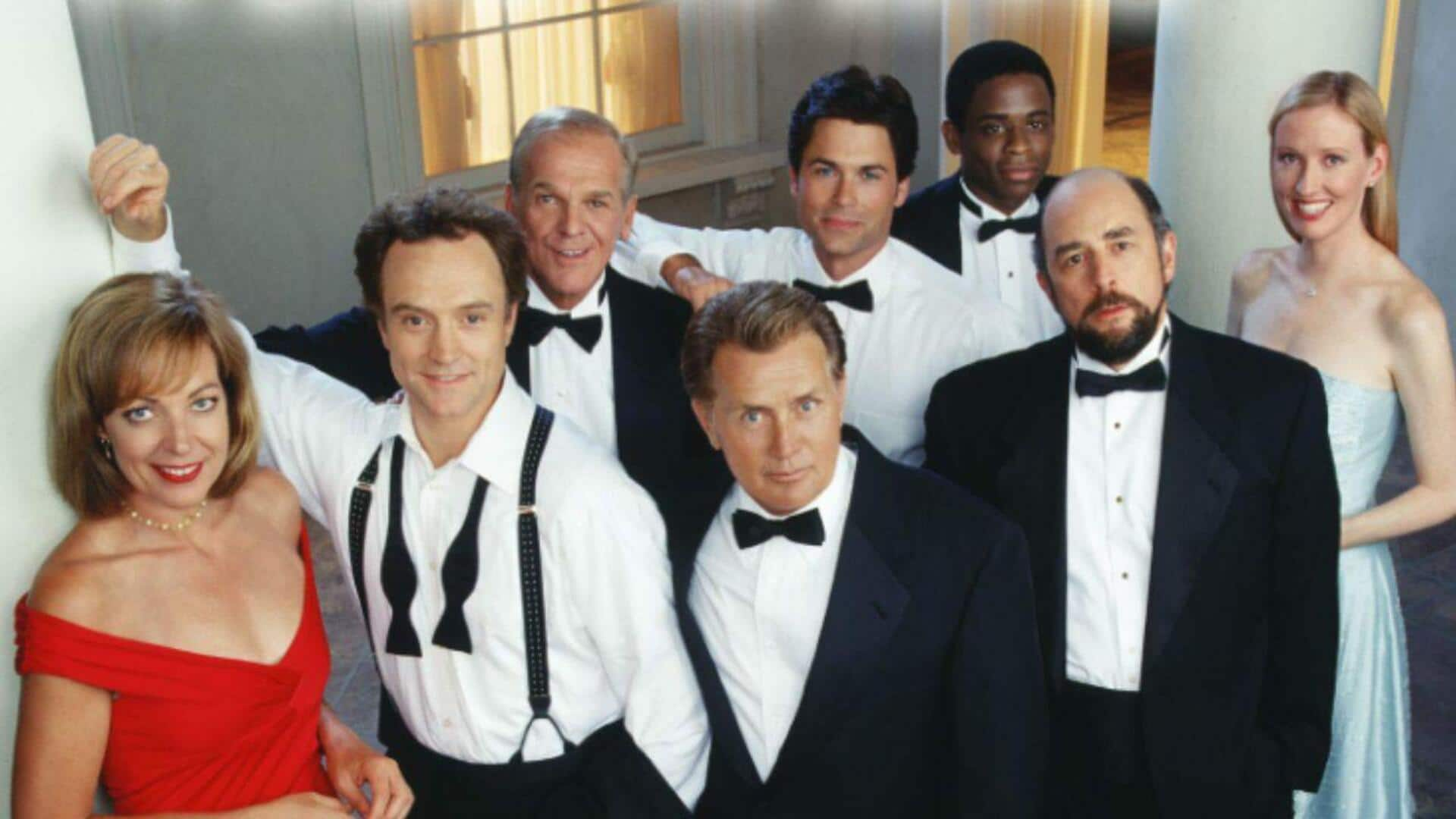
'The West Wing': What you never knew about the series
What's the story
The West Wing is a celebrated television series that has captivated audiences with its portrayal of political life in the White House. While viewers are familiar with the on-screen drama, there are several intriguing behind-the-scenes facts that contribute to the show's legacy. These insights reveal the dedication and creativity involved in bringing The West Wing to life, offering fans a deeper appreciation for this iconic series.
Massive set
A set as grand as the White House
In the early seasons of The West Wing, the main set was so massive it had to be split across two soundstages. To maintain continuity, both sets featured a matching yellow hallway that allowed seamless transitions between scenes. This clever design trick ensured viewers never noticed the divide. Eventually, production moved to a larger space, allowing the entire set to exist in one place, bringing the West Wing even closer to reality.
Filming techniques
The iconic walk-and-talk scenes
One of the most iconic elements of The West Wing was its walk-and-talk scenes. These scenes demanded meticulous choreography and timing to film active conversations while walking through multiple sets. The technique not only kept the audience hooked but also reflected the whirlwind of a busy White House. The filming style became a signature of the series, influencing other TV shows.
Authentic sets
Set design replicating real locations
In order to create an authentic depiction of the White House, the set designers painstakingly replicated key locations inside it. From the Oval Office to corridors lined with historical portraits, every detail was mindful. Not just the look, but even the functionality - phones and computers worked on set. Such realism made the viewers feel immersed in The West Wing's world.
Writing challenges
Script changes on short notice
Scripts for The West Wing would often change at the last minute due to evolving storylines or current events. These tweaks were done weekly, before airing episodes nationwide. Despite the challenges, the show did finish seven successful seasons without failing to meet the deadline. All thanks to the collective effort of the cast and crew. They made sure the final product met expectations and stayed consistent throughout.
Writing team
A richer narrative voice
As The West Wing evolved, its writing team expanded beyond creator Aaron Sorkin. A more diverse group of writers brought fresh perspectives, helping the show tackle complex issues related to gender, race, and class. This shift not only enriched the dialogue but also deepened the show's portrayal of America's political and social landscape, making it more inclusive, authentic, and reflective of real-world complexities.